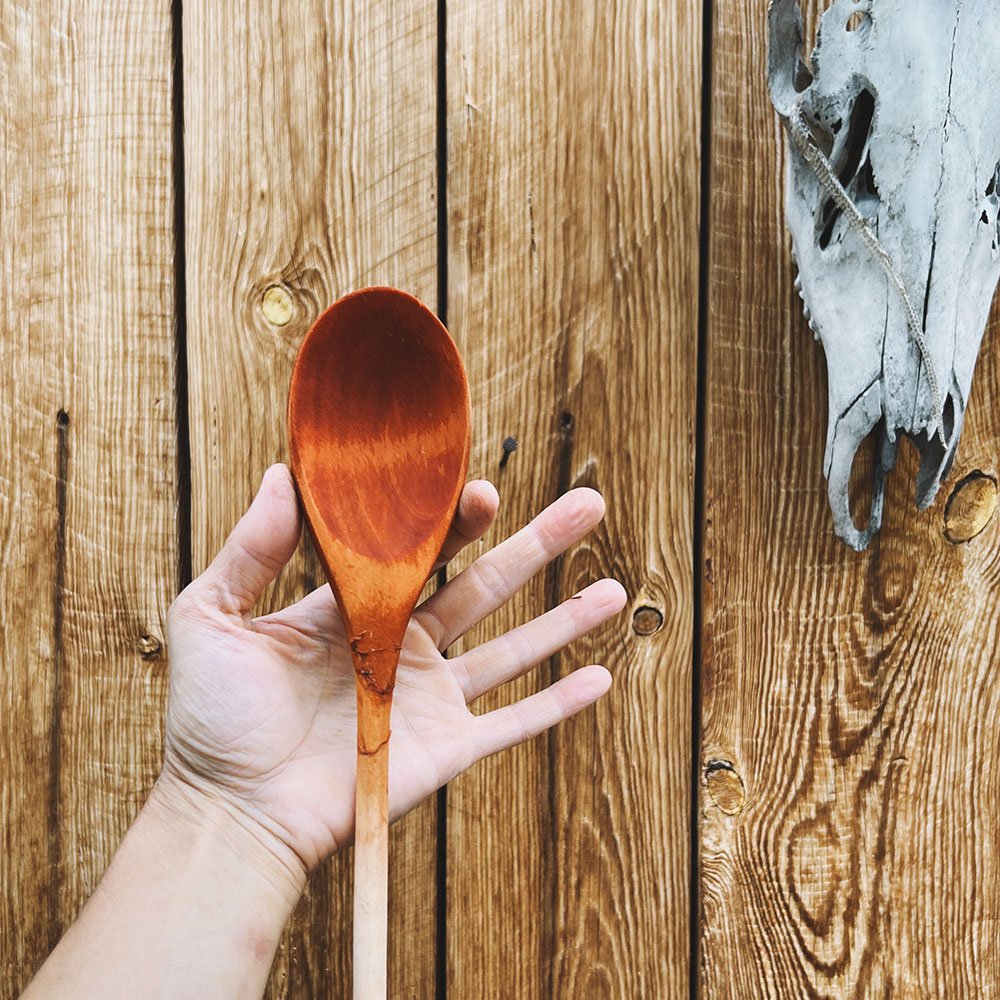Farm & Folk Dye Flower Recipes
Here are some basic recipes for dyeing cellulose fabrics such as linen, cotton and hemp with the dye flowers I offer here on my website. The natural dye process for cellulose based fibers is slightly different than the process for dyeing protein based fibers such as wool and silk, but I hope to add some protein fiber dye recipes to the blog in the future.
scour—>tannin—>mordant
All fabrics whether new or repurposed must be scoured as a first step. My scouring process is explained in a previous blog post which you can find here. Cellulose fibers require a two step mordanting process, first a soak in a tannin bath, then the mordant bath. This post explains my favorite method of mordanting cellulose fabrics. Keep in mind that the tannin species you choose will affect the color you achieve. For these flower dyes I suggest choosing a yellow tannin such as myrobalan, or a clear gallnut tannin, but it would be fun to experiment with other color tannins to broaden the palette. I talk a lot about tannins in my book Farm & Folk Quilt Alchemy if you’re interested in going down a tannin rabbit hole.
flower dye recipes
Once your fabric has been scoured, and properly mordanted it’s time for the exciting part which is applying natural dye. When I set up a dye bath I most often begin with a strong WOF ratio and then work through the exhaust dye baths to achieve a gradation of color on several yards of mordanted fabric. I explain that method in this post. The following WOF ratios are vague because the ratio depends on your personal shade preference. Choose the highest percentages for the most saturated colors and a lower percentage for less saturated pastel hues. These WOF percentages are for dried flowers. If you have an abundance of homegrown fresh flowers you might want to experiment with using 100% WOF or more. Be sure to check out the other post I wrote about dyeing with flowers Natural Dyeing with Dye Flowers which explains how you can create saturated shades without increasing the amount of dyestuff!
Marigolds 25-50%
Dyer’s Coreopsis 25-50%
Sulfur Cosmos 25-50%
Calendula 50-100%
Dyer’s Chamomile 25-50%
SCABIOSA 25-50%
BLACK HOLLYHOCK 25-50%
To set up the dye baths fill your dye pot with water and bring the heat to about 120°F then add the flowers. Slowly bring the heat up to 160°F and add the mordanted fabric. Bring the temperature up to about 180°F (just under a boil) and hold it there for at least an hour making sure to stir often and keep the fabric fully submerged. After an hour if you’re happy with the color you’ve achieved, carefully remove the fabric, rinse it once in cool water and hang it to dry. If you want to dye lighter shades add a piece of mordanted fabric to the exhaust dye bath and hold it at 180°F for an hour. Each exhaust bath will yield a slightly lighter shade. My natural dye tutorial post explains in greater detail how to create a gradation and how to modify it with iron to broaden your palette.
If you’re interested in learning more about dyeing with flowers, I sell a flower dye recipe PDF in my shop that shares more extensive information including how to modify the colors with iron and indigo to expand your palette and how to achieve more stable results. I have lots of dye flowers available in the shop . Cheers!







